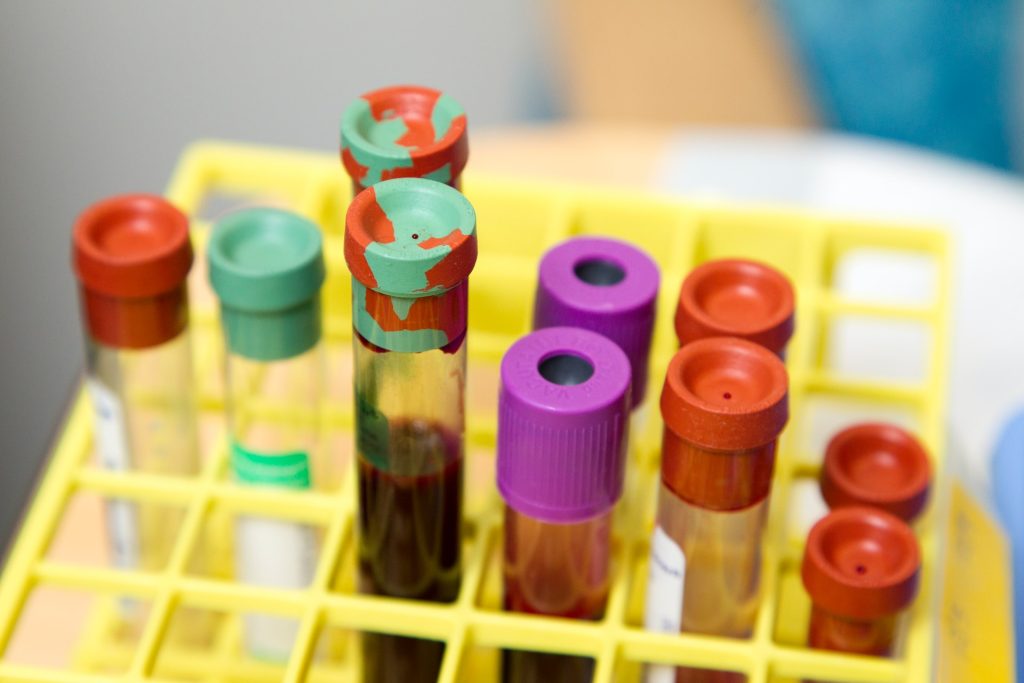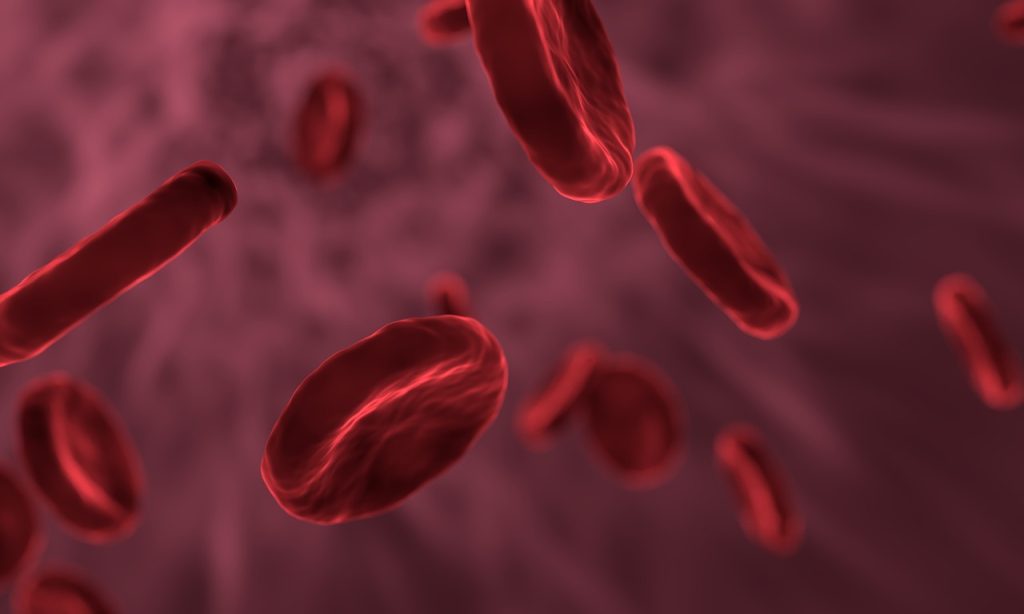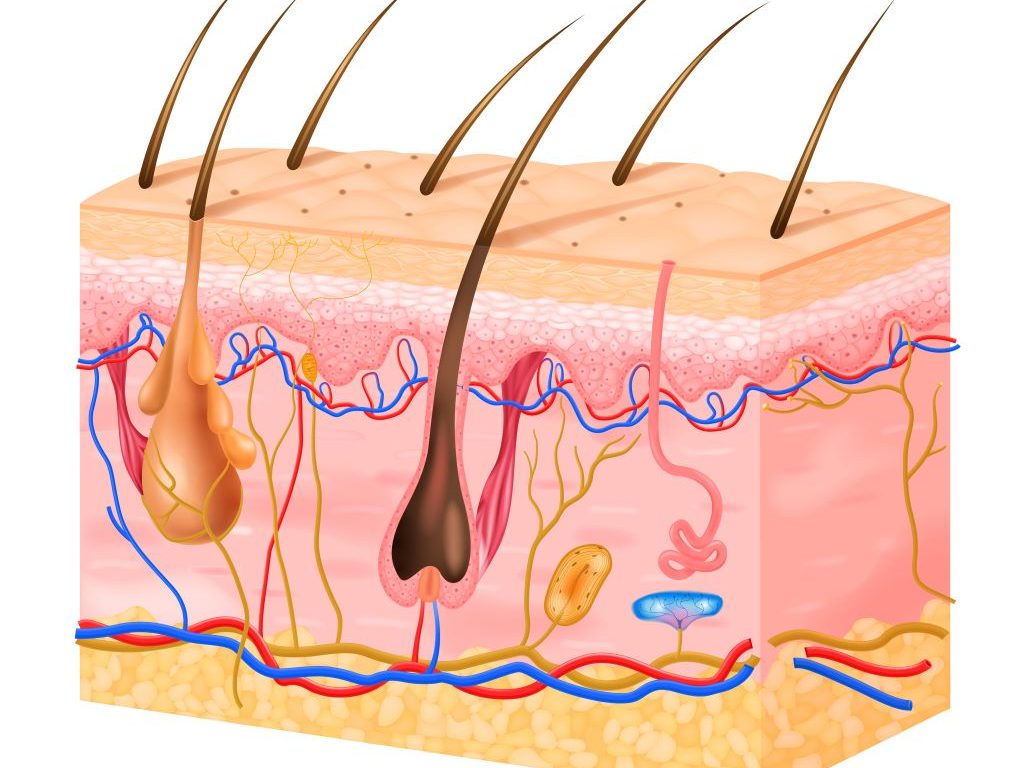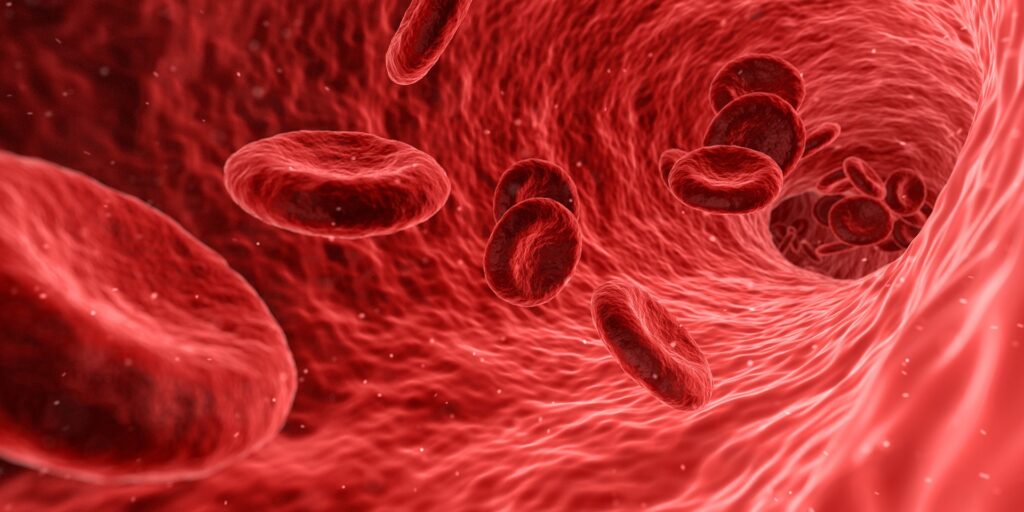Over Half of Iron Deficiency Cases Unresolved After Three Years

Over half of people with iron deficiency were found to still have low iron levels three years after diagnosis, and among patients whose condition was effectively treated within that timeframe, they faced longer-than-expected delays, pointing to substantial gaps in appropriate recognition and efficient treatment of the condition, according to a study published in Blood Advances.
Iron deficiency is common, and affecting up to 40% of adolescents and young women. Previous work reported that up to 70% of cases go undiagnosed in high-risk populations, such as those with bleeding disorders, issues with malabsorption, or women who menstruate.
“Iron deficiency is probably a bigger problem than we realise. I’ve seen a lot of cases where people don’t have anaemia, but they are walking around with very little to no iron in their body and it can have a big impact on how people feel in their day-to-day life,” said Jacob Cogan, MD, assistant professor of medicine at the University of Minnesota and the study’s lead author. “Iron deficiency can be challenging to diagnose, but it’s easy to treat. Our findings underscore the need for a more coordinated effort to recognise and treat iron deficiency to help improve quality of life.”
If untreated, low iron stores can lead to mood changes, fatigue, hair loss, exercise intolerance, and eventually anaemia. The condition is generally first treated with oral iron supplementation, and if low iron levels persist after a few months or the patient reports side effects, intravenous (IV) iron is started.
For this study, the researchers retrospectively analysed medical records from one of Minnesota’s largest health system database and identified 13 084 adults with a laboratory diagnosis of iron deficiency (defined as a ferritin value of 25ng/mL, with and without anaemia) between 2010 and 2020 who had available follow-up data for three years.
In the study, iron deficiency was d or less. Patients had to have at least two ferritin values – one initial value and at least one more within the three-year study period. Adequate treatment and resolution was defined as a subsequent ferritin value of at least 50ng/mL. Most patients received some form of treatment, consistent across sex.
Of the 13,084 patients included in the study, 5,485 (42%) patients had normal iron levels within three years of diagnosis, while 7,599 (58%) had persisting iron deficiency based on low ferritin levels. Only 7% of patients had their iron levels return back to normal within the first year of diagnosis.
Factors associated with a higher likelihood of getting iron levels back to normal included older age (age 60 and up), male sex, Medicare insurance, and treatment with IV iron alone. Additionally, compared with patients who were still iron deficient, those whose condition was resolved had more follow-up blood work to check ferritin values (six vs four ferritin tests). Of note, younger patients, females, and Black individuals were most likely to remain iron deficient or experience longer lags in getting their iron stores back to a healthy level.
Even among patients whose iron levels were restored to normal during the study duration, it took nearly two years (the median time to resolution was 1.9 years), which researchers say is longer than expected and signals missed opportunities to more effectively manage the condition. While there was no data to look at whether anaemia iron deficiency was more apt to be treated, Dr Cogan says it’s reasonable to think this might be the case as iron deficiency without anaemia is harder to recognise.
“Two years is too long and well beyond the timeframe within which iron deficiency should be able to be sufficiently treated and resolved [with oral or IV treatments],” said Dr Cogan. “The numbers are pretty striking and suggest a need to put systems in place to better identify patients and treat them more efficiently.”
As with trends showing persisting iron deficiency, Dr Cogan attributes the delays in resolution to the diagnosis either being missed or not treated to resolution. He added that there is a clear need for education about non-anaemic iron deficiency and who is at high risk, more universal agreement on the best ferritin cut off for diagnosis, and efforts to create an iron deficiency clinic or pathway to “assess and treat patients more efficiently and get people feeling better faster.”
The study was limited by its reliance on EMR data and retrospective nature, which prevented researchers from determining why ferritin tests were ordered for patients or the cause of their iron deficiency.
Source: American Society of Hematology




